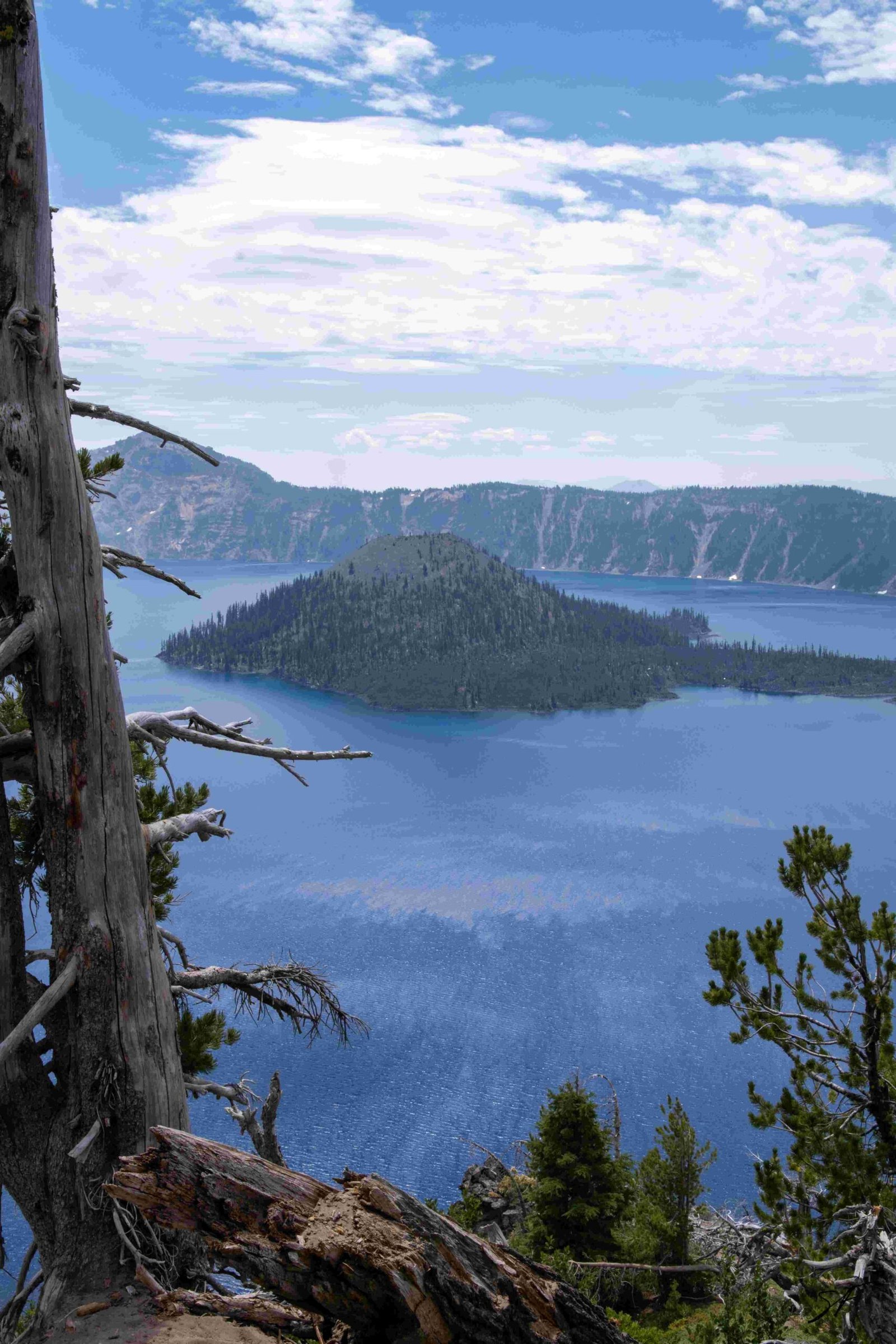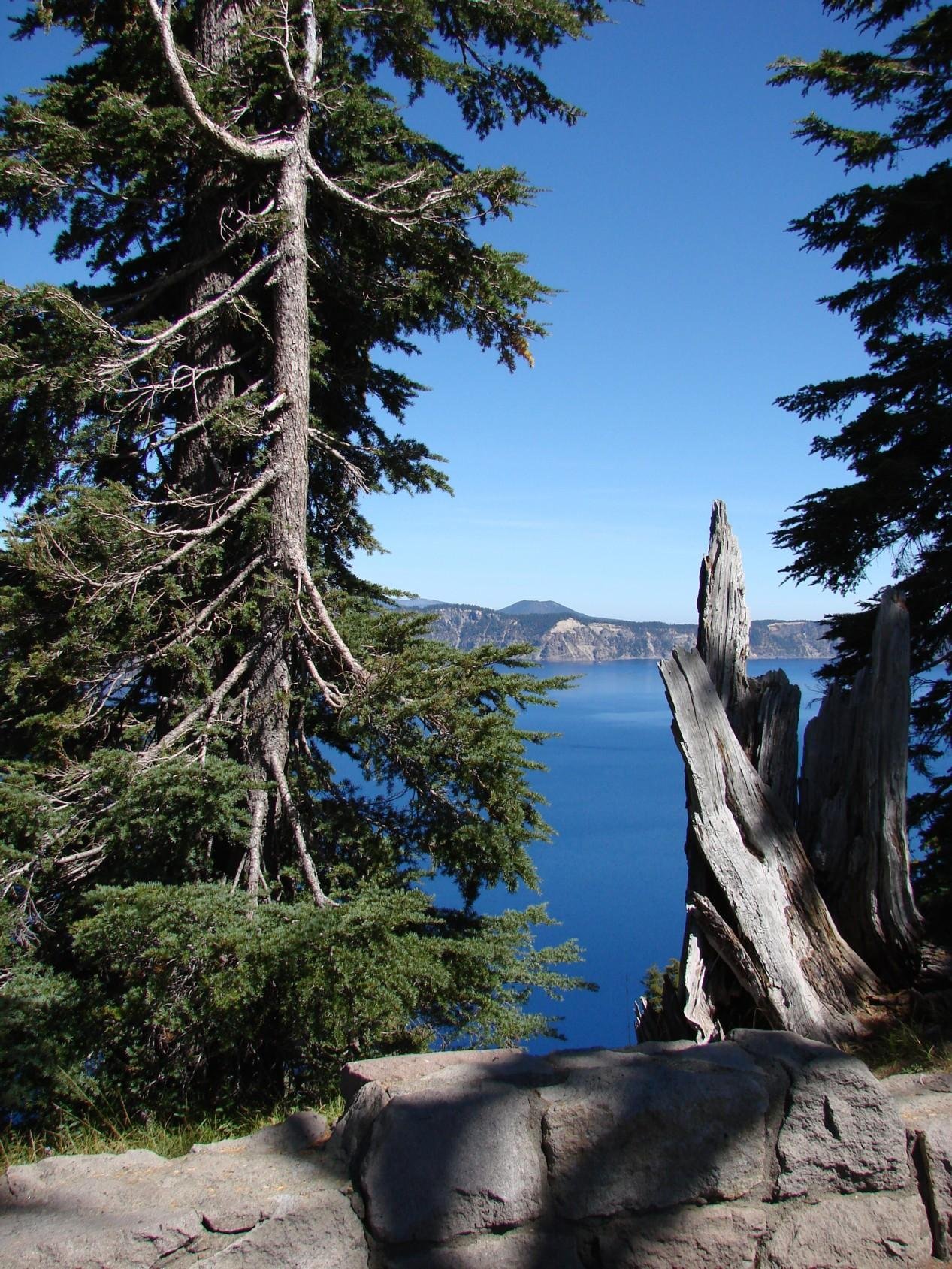Crater Lake, located in Oregon, is renowned for its exceptional clarity and deep blue color. As one of America’s most pristine natural wonders, it boasts some of the clearest water found anywhere on Earth. The lake’s remarkable visibility, reaching depths of up to 143 feet, makes it a unique destination for nature enthusiasts and photographers alike. This article explores the factors contributing to Crater Lake’s super clear waters, the best times to visit, and tips for capturing its beauty.
What Makes Crater Lake So Exceptionally Clear?

Crater Lake’s extraordinary clarity is the result of several factors:
- Isolation: The lake is isolated from incoming streams and rivers, preventing the influx of sediments and pollutants.
- Depth: At 1,943 feet deep, it’s the deepest lake in the United States, allowing particles to settle far below the surface.
- Volcanic origin: The caldera’s steep walls minimize landslides and erosion that could cloud the water.
- Minimal organic matter: The cold, nutrient-poor water limits algae growth.
These conditions combine to create water clarity that is unparalleled in North America.
How Is Water Clarity Measured at Crater Lake?

Scientists use several methods to measure and monitor Crater Lake’s clarity:
- Secchi disk: A black and white disk is lowered into the water until it’s no longer visible. The record depth is 143 feet (43.6 meters).
- Light penetration: Instruments measure how deep sunlight penetrates the water. UV light has been detected as deep as 320 feet (97.5 meters).
- Water sampling: Regular collection and analysis of water samples help track changes in clarity over time.
| Measurement Method | Record Depth |
|---|---|
| Secchi disk | 143 feet |
| UV light penetration | 320 feet |
When Is the Best Time to Visit Crater Lake for Optimal Clarity?
While Crater Lake maintains its clarity year-round, certain times offer the best viewing conditions:
- Summer months (July-September): Warmer weather and calmer conditions provide excellent visibility.
- Early mornings: The lake is often at its calmest, offering mirror-like reflections.
- Late afternoons: Soft light enhances the lake’s deep blue color.
Avoid visiting during or immediately after storms, as wind and precipitation can temporarily reduce clarity.
What Photography Tips Can Capture Crater Lake’s Clarity?
To showcase Crater Lake’s super clear waters in photographs:
- Use a polarizing filter to reduce glare and enhance the water’s color.
- Shoot during the ‘golden hours’ just after sunrise or before sunset for optimal lighting.
- Include foreground elements like trees or rocks to provide scale and depth.
- Experiment with long exposures to capture the lake’s stillness.
- Consider aerial photography to showcase the lake’s size and surrounding landscape.
How Accessible Is Crater Lake for Visitors?
Crater Lake National Park offers various amenities for visitors:
- Rim Village: Features a visitor center, lodge, and dining options.
- Scenic drives: The 33-mile Rim Drive offers numerous viewpoints.
- Boat tours: Available in summer, providing up-close views of the lake’s clarity.
- Hiking trails: Range from easy walks to challenging backcountry routes.
Accessibility can be challenging in winter due to snow, with many facilities closed from October to May.
What Unique Experiences Does Crater Lake’s Clarity Offer?
The lake’s exceptional clarity provides unique opportunities:
- Scuba diving: Limited permits are available for diving in the crystal-clear waters.
- Stargazing: The clear water reflects the night sky, doubling the stargazing experience.
- Wildlife viewing: Clarity allows for spotting fish and underwater features from the surface.
How Does Crater Lake Compare to Other Clear Lakes in America?
While America boasts many clear lakes, Crater Lake stands out:
| Lake | Location | Max Visibility |
|---|---|---|
| Crater Lake | Oregon | 143 feet |
| Lake Tahoe | California/Nevada | 70 feet |
| Torch Lake | Michigan | 60 feet |
Crater Lake’s clarity significantly surpasses other renowned clear lakes in the United States.
What Conservation Efforts Maintain Crater Lake’s Clarity?
To preserve Crater Lake’s exceptional clarity:
- Strict regulations prohibit swimming and limit boat access.
- Ongoing scientific monitoring tracks water quality and clarity.
- Educational programs raise awareness about the lake’s unique ecosystem.
- Sustainable tourism practices minimize human impact on the environment.
These efforts ensure that Crater Lake remains one of America’s super clear natural wonders for future generations to enjoy.
References:
1. National Park Service – Crater Lake
2. USGS – Crater Lake Water Quality
3. Crater Lake Institute

